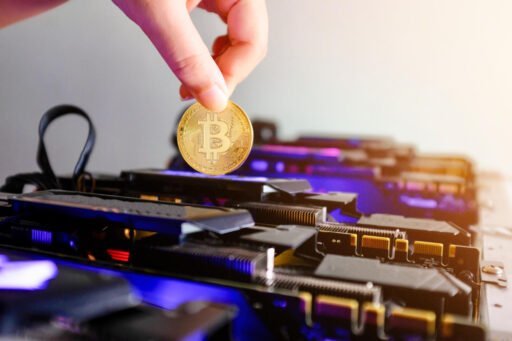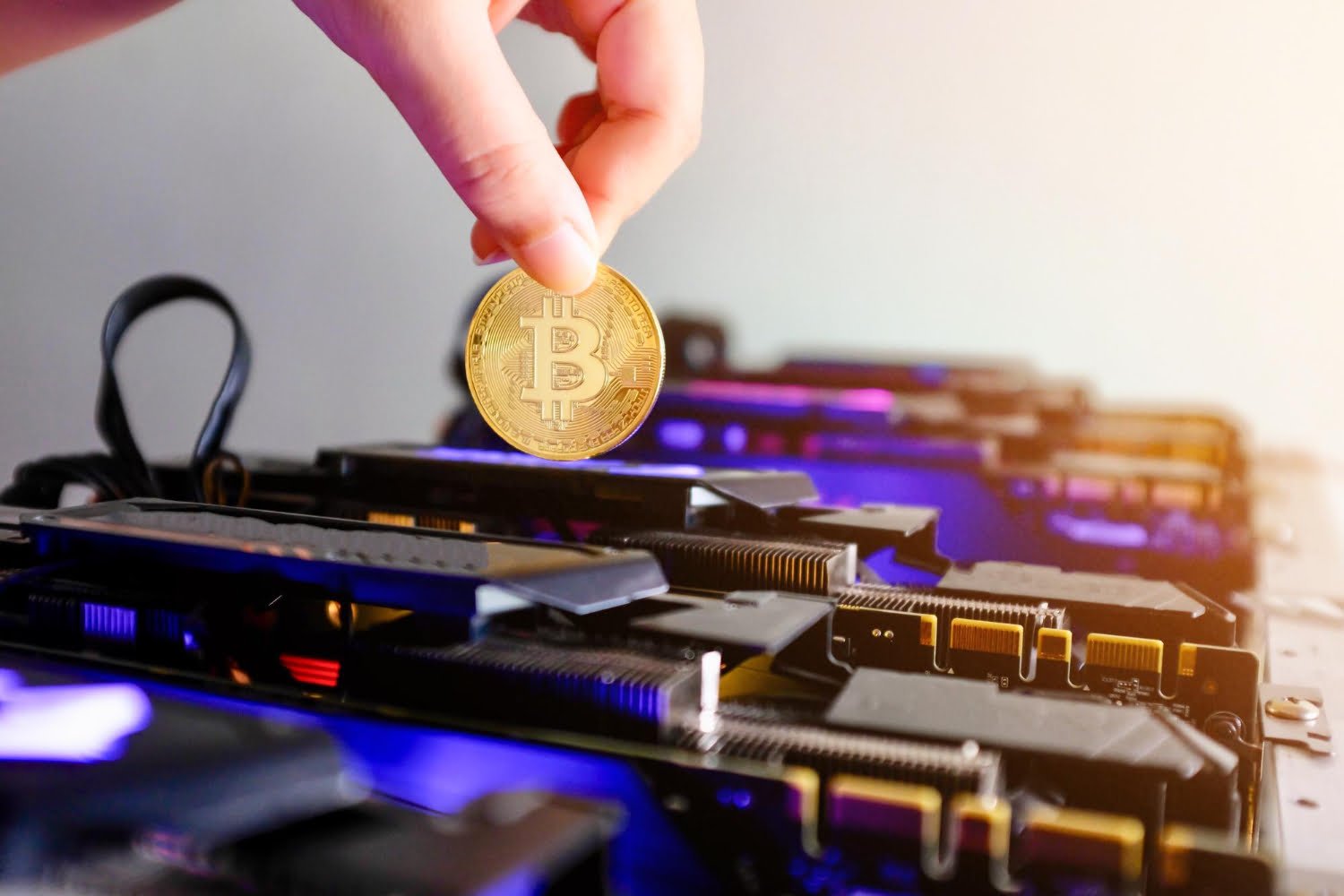Crypto mining is a term that has become increasingly popular in the world of digital currencies. As more people become interested in cryptocurrencies like Bitcoin and Ethereum, the concept of mining these digital assets has garnered significant attention. This article aims to provide a comprehensive understanding of cryptocurrency mining, its meaning, the processes involved, and how beginners can start mining.
What The Meaning of Crypto Mining?
Crypto mining, also known as cryptocurrency mining, is the process by which new units of a cryptocurrency are created and transactions are verified and added to the blockchain ledger. In essence, mining involves solving complex mathematical problems using powerful computers to validate and secure transactions on the network.
Cryptocurrencies like Bitcoin rely on a decentralized network of miners to maintain the integrity and security of the blockchain. Each miner competes to solve cryptographic puzzles, and the first one to find the solution gets to add a new block to the blockchain, earning a reward in the process. This reward system incentivizes miners to continue dedicating their resources to the network.
How Does Cryptocurrency Mining Work?
Crypto mining involves several key steps:
- Transaction Validation: When a transaction is made, it is broadcast to the network, and miners collect these transactions into blocks.
- Solving Cryptographic Puzzles: Miners use their computational power to solve complex mathematical problems that are required to validate the transactions and add the new block to the blockchain.
- Block Reward: The first miner to solve the puzzle gets to add the new block to the blockchain and receives a reward.
- Blockchain Maintenance: The new block is added to the blockchain, making the transaction history longer and more secure.
Mining requires specialized hardware and software. Miners often use graphics processing units (GPUs) or application-specific integrated circuits (ASICs) to handle the intensive computations. Additionally, mining software connects the hardware to the blockchain network and helps manage the mining process.
The Economics of Cryptocurrency Mining
Cryptocurrency mining can be a lucrative venture, but it also comes with significant costs and risks. The primary expenses involved in mining include the cost of hardware, electricity, and cooling systems to prevent overheating of the mining rigs. The profitability of mining is influenced by multiple factors:
- Cryptocurrency Prices: The value of the mined coins significantly affects profitability. Higher prices mean higher rewards.
- Mining Difficulty: As more miners join the network, the difficulty of solving the cryptographic puzzles increases, requiring more computational power and time.
- Electricity Costs: Mining is energy-intensive, and the cost of electricity can eat into profits. Miners often set up operations in regions with low electricity rates to maximize profitability.
- Initial Investment: The cost of acquiring mining hardware and setting up the infrastructure can be substantial.
Despite the costs, successful miners can earn a significant income, especially during bull markets when cryptocurrency prices are high. However, the volatility of the crypto market means that mining can also be risky.
Getting Started
For beginners interested in crypto mining, here are some steps to get started:
- Research: Understand the basics of cryptocurrency mining and the specific requirements for different cryptocurrencies.
- Select a Cryptocurrency: Determine which cryptocurrency you wish to mine. Bitcoin, Ethereum, and Litecoin are popular choices, but each has different requirements and profitability.
- Acquire Hardware: Purchase the necessary mining hardware. GPUs and ASICs are commonly used, with ASICs being more efficient but also more expensive.
- Install Mining Software: Download and install the appropriate mining software for your chosen cryptocurrency. This software connects your hardware to the blockchain network and manages the mining process.
- Join a Mining Pool: Mining pools are groups of miners who combine their computational power to increase their chances of solving cryptographic puzzles and earning rewards. Joining a pool can provide more consistent income compared to solo mining.
- Establish a Wallet: Set up a digital wallet to hold your mined coins. Make sure to choose a secure wallet and back up your private keys.
- Monitor and Optimize: Continuously monitor your mining operations and optimize your setup for maximum efficiency and profitability.
Challenges and Future
Crypto mining faces several challenges, including increasing competition, rising electricity costs, and regulatory scrutiny. As more miners join the network, the difficulty of mining increases, requiring more advanced and costly hardware. Additionally, the environmental impact of mining has raised concerns, leading some regions to impose regulations or bans on mining activities.
Despite these challenges, the future of crypto mining looks promising. Innovations in mining technology, such as more energy-efficient hardware and renewable energy sources, could address some of the current issues. Moreover, as cryptocurrencies continue to gain mainstream acceptance, the demand for mining services is likely to grow.
By understanding the meaning and the processes involved, beginners can take their first steps into this fascinating world. As with any investment, it’s essential to conduct thorough research and weigh the costs and benefits.
For those willing to navigate the complexities, crypto mining offers an exciting opportunity to participate in the growing cryptocurrency ecosystem. Whether you are looking to mine Bitcoin, Ethereum, or any other cryptocurrency, the potential rewards can be significant.




